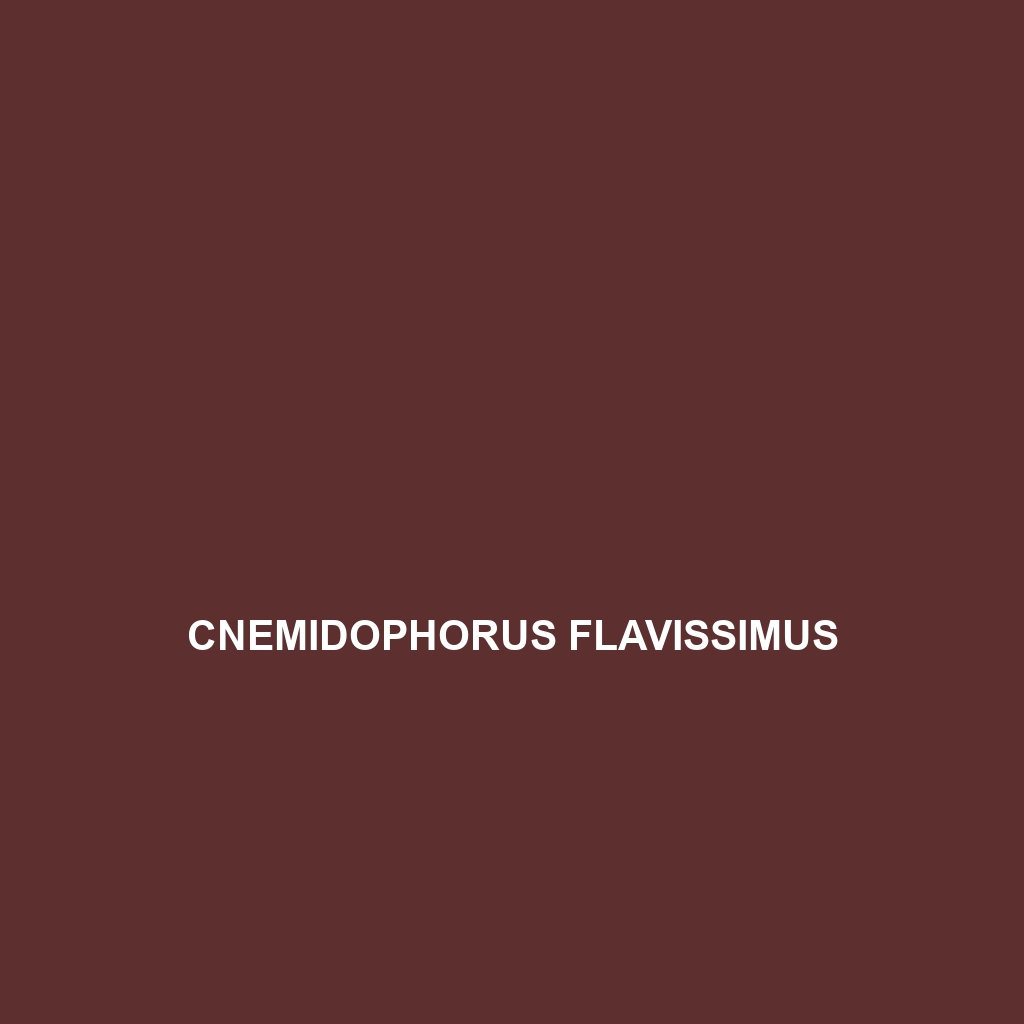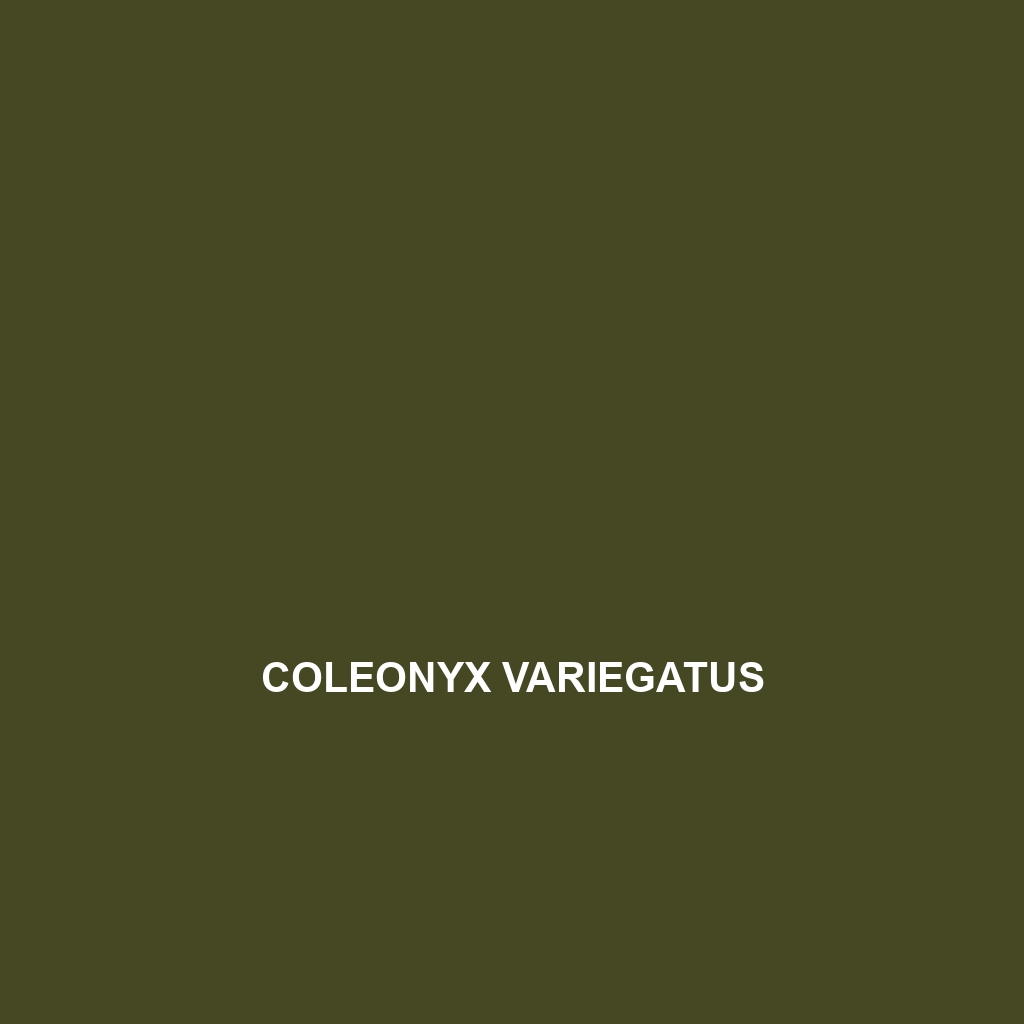Discover the fascinating Texas horned lizard (Phrynosoma cornutum), known for its unique horn-like projections and spiny scales. Native to the arid landscapes of the southwestern U.S. and northern Mexico, this charming insectivore primarily feeds on ants and plays a crucial role in local ecosystems.
Tag: southwestern United States lizard
Gambelia wislizenii
<p><b>Gambelia wislizenii</b>, or the long-nosed leopard lizard, thrives in arid habitats across the southwestern United States, showcasing a flattened body with distinct camouflaged patterns and a remarkable agility that aids in escaping predators. As an insectivore, it plays a crucial role in its ecosystem by controlling insect populations while also serving as prey for larger species.</p>
Crotaphytus insularis
The Crotaphytus insularis, or insular collared lizard, is a vibrant, agile reptile native to the arid regions of the southwestern United States and northern Mexico, known for its impressive size of 8 to 10 inches and distinctive color-changing ability. This insectivorous species plays a crucial role in its ecosystem by controlling insect populations and serving as prey for larger animals.</p>
Cnemidophorus flavissimus
Discover the vibrant Cnemidophorus flavissimus, or yellow whip-tail lizard, known for its striking golden coloration and agile behavior in the sandy regions of the southwestern United States and northern Mexico. This diurnal insectivore plays a crucial role in controlling insect populations, thriving in diverse habitats from deserts to scrublands.
Coleonyx switaki
Discover the Coleonyx switaki, a medium-sized, nocturnal lizard native to the arid regions of the southwestern United States and northern Mexico, characterized by its light brown to tan coloration and unique burrowing behavior. This species plays a vital role in its ecosystem, controlling insect populations and aerating the soil while thriving in desert habitats.
Aspidoscelis exsanguis
Discover the Aspidoscelis exsanguis, also known as the bloodless whiptail lizard, a medium-sized lizard thriving in arid environments of the southwestern U.S. and northern Mexico. With striking coloration, agile movements, and unique reproductive capabilities, this vulnerable species plays a crucial role in its ecosystem by controlling insect populations.





